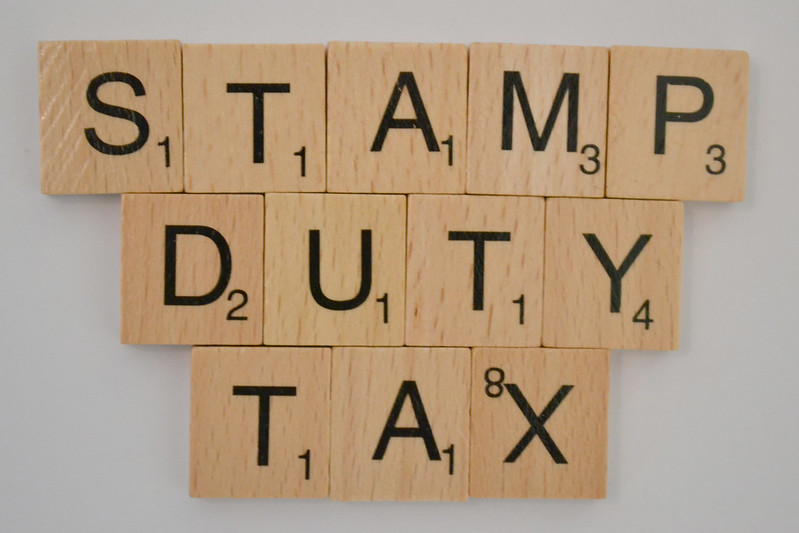In June 2020, the government introduced a stamp duty holiday (the tax paid on property purchases), meaning buyers didn’t have to pay any stamp duty on the first £500,000 of their investment.
Created to boost the property market by helping buyers whose finances may have been affected by the COVID-19 pandemic, the holiday was originally due to end on 31st March 2021.
However, on 1st July 2021, the threshold in England and Northern Ireland was recently reduced to £250,000. From October 2021, it will be reduced further to £125,000.
From 1st July 2021, stamp duty rates are as follows:
| £0 – 250,000 | 0% |
| £250,001 – 925,000 | 5% |
| £925,001 – 1,500,000 | 10% |
| £1,500,000+ | 12% |
From 1st October 2021, they will be changed to:
| £0 – 125,000 | 0% |
| £125,001 – 250,000 | 2% |
| £250,001 – 925,000 | 5% |
| £925,001 – 1,500,000 | 10% |
| £1,500,000+ | 12% |
Stamp duty rates for second homes
From 1st October, If you’re purchasing a property as a second home or a buy-to-let, you’ll be required to pay the rates stated above, plus an additional 3% as standard.
| £0 – 125,000 | 3% |
| £125,001 – 250,000 | 5% (2% + 3%) |
| £250,001 – 925,000 | 8% (5% + 3%) |
| £925,001 – 1,500,000 | 13% (10% + 3%) |
| £1,500,000+ | 15% (12% + 3%) |
How might the changes affect me?
It’s always tricky to predict how changes will affect the property market as there are many other factors at play. However, it’s thought that the stamp duty holiday coming to an end could prompt a dip in property prices, as there may be reduced demand from buyers eager to save thousands of pounds ahead of the deadline. However, it’s important to consider that the market is pretty volatile at the moment and, therefore, it’s hard to predict just exactly what’s going to happen.
The government’s furlough scheme is also due to end in October, meaning unemployment could rise, slowing the market and seeing property prices drop.
The holiday has been a significant contributor to a big jump in house prices during the pandemic as people rushed to beat the cut off date. According to the latest Nationwide house price index, there was a 13% increase in the average house price in the year to June, reaching £245,432. However, reduced housing supply continues to push up prices, which may cushion the fall if prices do begin to fall.
As you can see there are regional differences in stamp duty rates and other factors to consider, such as whether you’re a first-time buyer or purchasing a second property.
To avoid any unexpected costs, it’s sensible to check how much stamp duty you’ll have to pay well in advance. Here’s a link to the Government’s stamp duty calculator to help you:
https://www.tax.service.gov.uk/calculate-stamp-duty-land-tax/#/intro
At Gadsden Coupe Solicitors, we can assist with providing advice on a variety of taxation issues. Please feel free to get in touch with us on 01253 736670 or email info@gadsdencoupe.co.uk.

